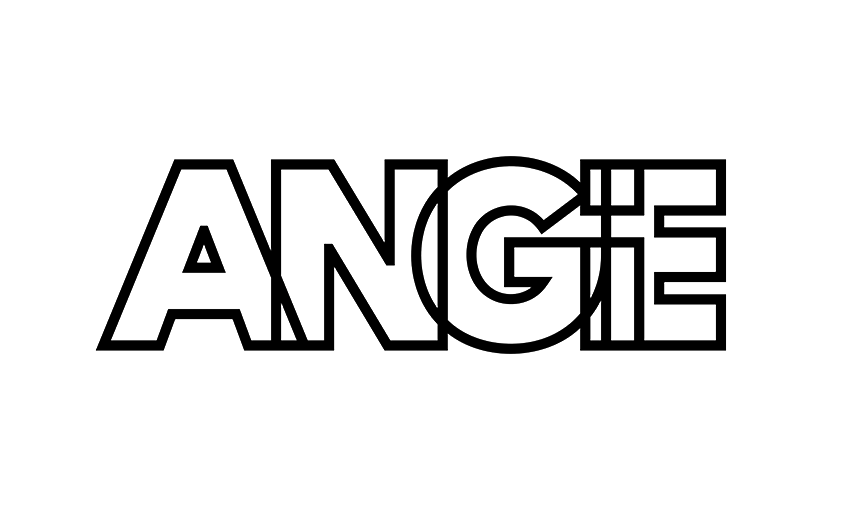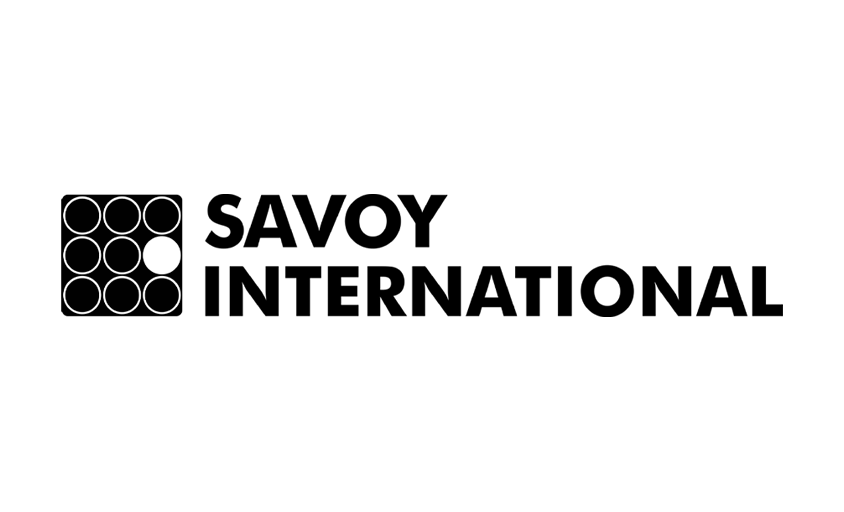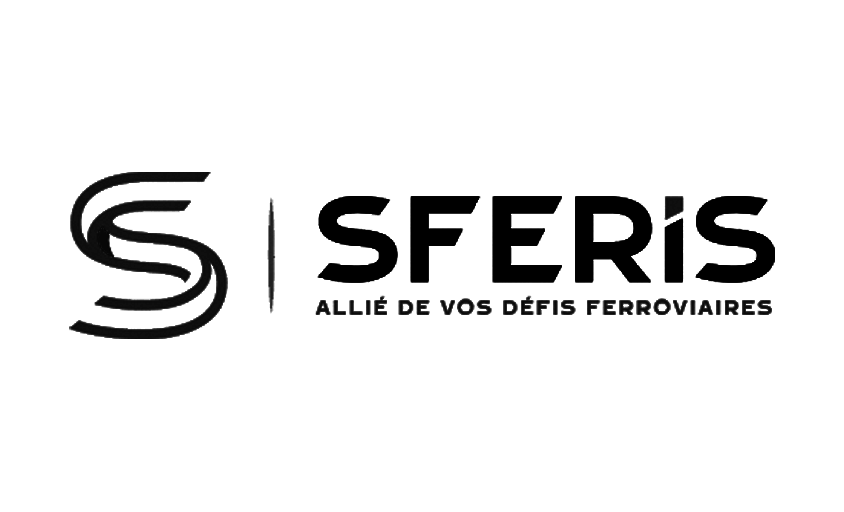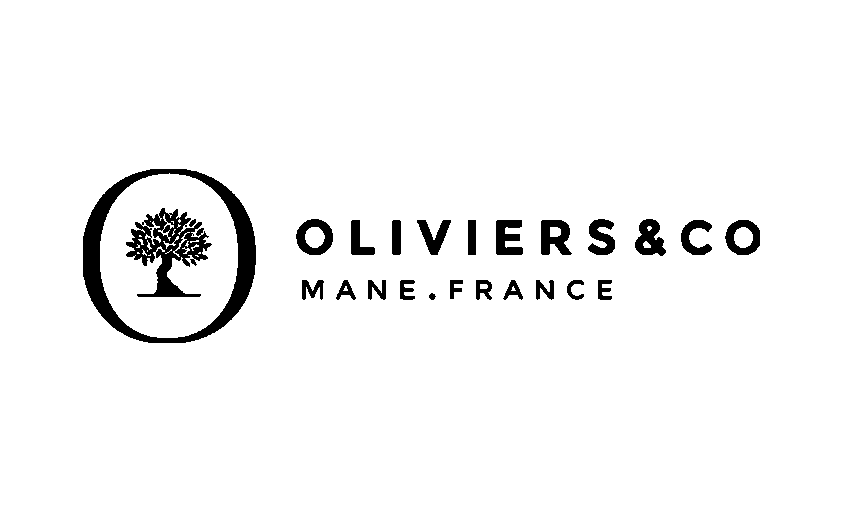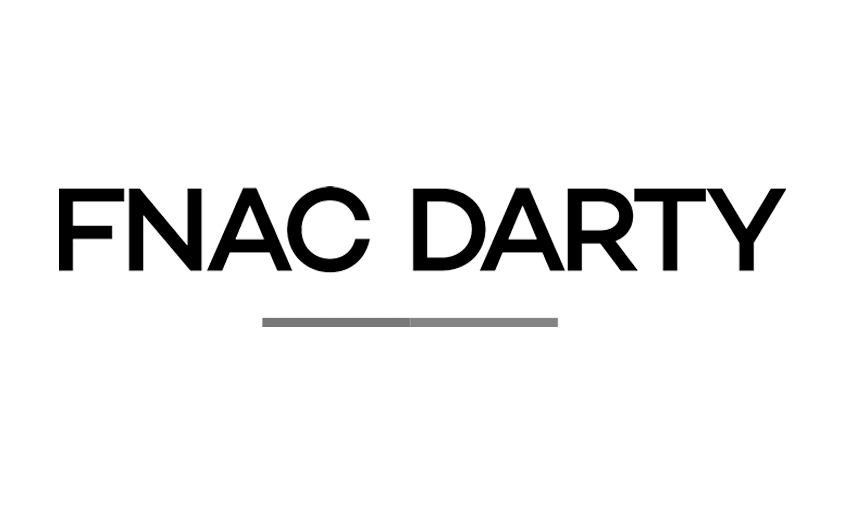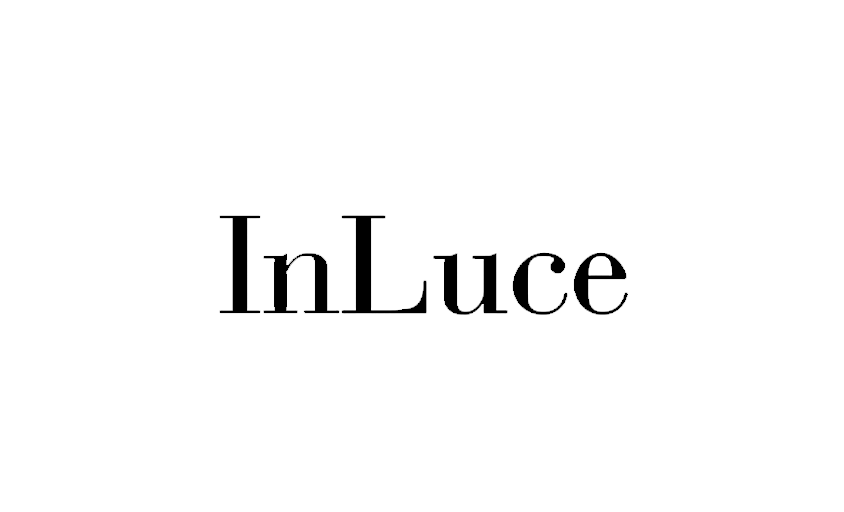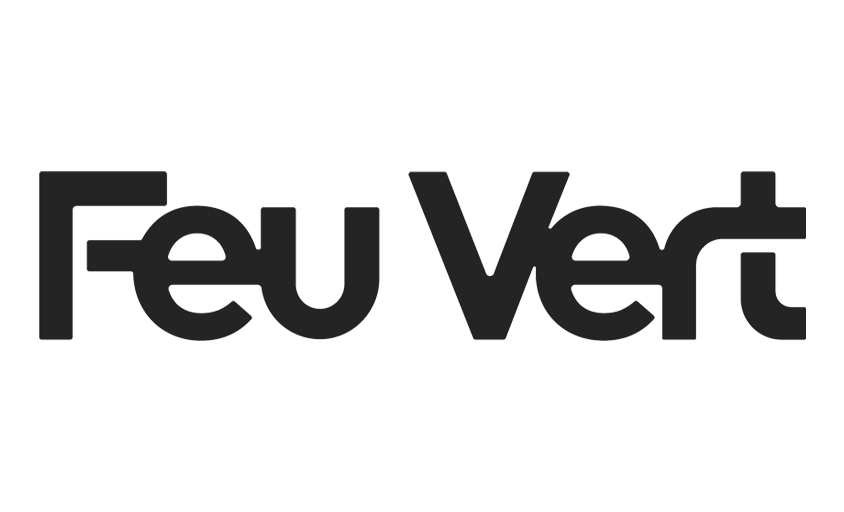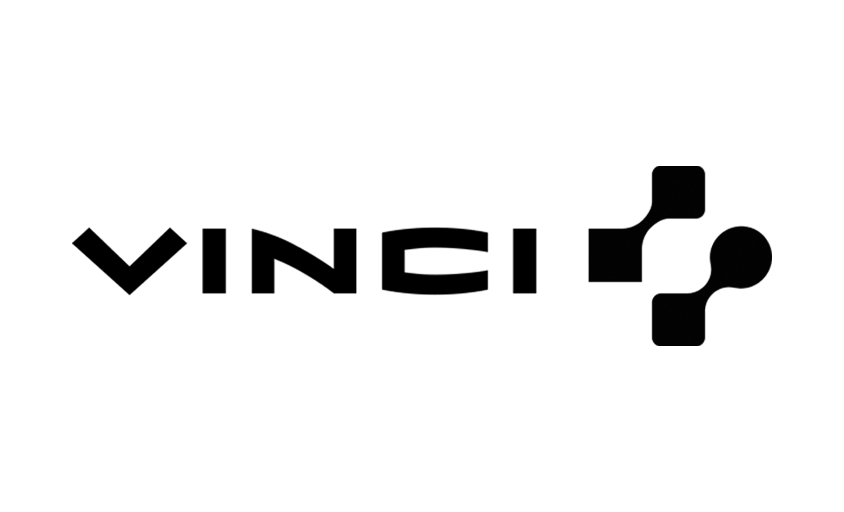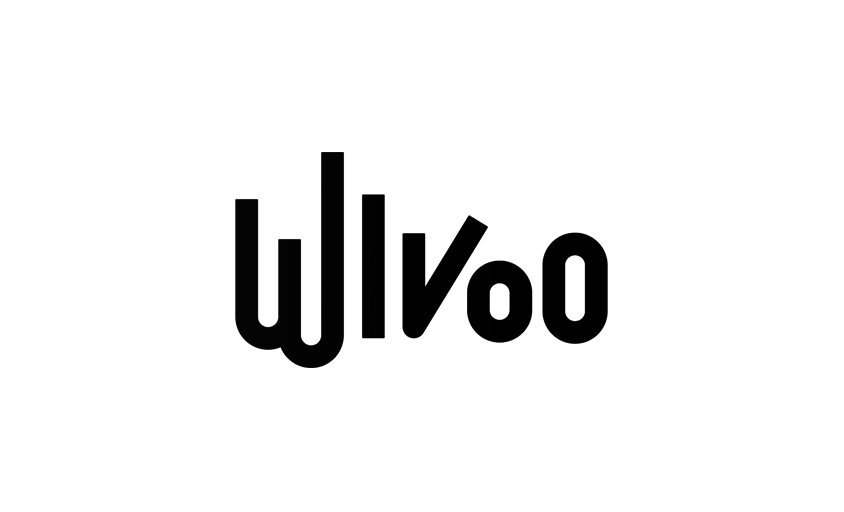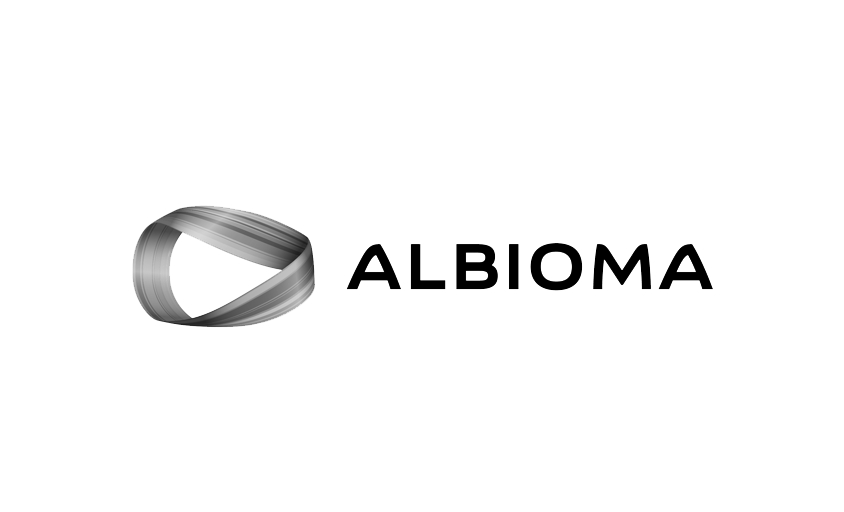The 2025 Color Combination Guide
In this article :
Whether you’re designing a logo, a marketing campaign, a user interface, or a simple visual for social media, color plays a crucial role in how your design is perceived.
Colors have the power to grab attention, convey emotions, and influence purchasing decisions. But how do you choose the right colors for your project? That’s where color theory and its various combinations come into play.
At the heart of this approach lies the color wheel, which divides hues into three main categories: primary, secondary, and tertiary colors. Each color combination has a unique effect on the human eye and can create a wide range of moods in your visuals or communication. By understanding how these colors interact, you can not only make your designs more visually appealing but also align them with specific messages, whether you’re promoting a product, an event, or a brand identity.
In this article, we’ll explore the most popular color combinations used in design today, drawing on the fundamentals of color theory and current trends. We’ll also examine how each combination can be applied to achieve the desired impact in your creative projects.
Types of Color Combinations
To create effective and impactful designs, it’s essential to master the different types of color combinations. Each one produces distinct visual results, and choosing the right one depends on your project’s goals. Here are the four main types of color combinations:
Monochromatic
A monochromatic combination consists of variations of a single color, using different shades, tones, and tints. For example, a range of blues from light sky blue to deep navy. This type of combination creates a clean, harmonious look, ideal for minimalist and elegant designs. It’s a great choice when simplicity and consistency are key.
Analogous
Analogous colors are positioned next to each other on the color wheel—like yellow, orange, and red. These combinations are naturally harmonious and create a sense of flow and calm. They are especially effective in conveying unity and warmth. Using one dominant color with closely related shades for support results in a soothing palette—perfect for inviting and cozy designs.
Complementary
Complementary colors sit directly opposite each other on the color wheel, such as blue and orange. This type of combination delivers strong contrast, drawing attention to key design elements. Complementary combinations are dynamic and energetic but must be used carefully, as too much contrast can be visually overwhelming. They’re ideal for projects that require bold visual impact, such as promotions or highlighting a specific product.
Triadic
Triadic colors are evenly spaced around the color wheel, forming a triangle. A classic example is red, blue, and yellow—the three primary colors. Triadic palettes offer a perfect balance between contrast and harmony, making them visually striking. They’re well-suited for vibrant, energetic designs, but require careful proportion management to avoid a cluttered look.
Popular Color Combinations
Color combinations are much more than just visual pairings. They convey emotions, strengthen your design’s message, and can even influence consumer behavior. Here are some of the most effective color combinations, based on our exploration of various palettes and current trends:
1. Pink and Grape
A bold and contrasting duo, bright pink and grape create a striking visual dynamic. Pink evokes youth and joy, while grape, a deep violet tone, adds sophistication. This palette works well in projects where you want to draw attention while maintaining a vibrant, modern feel, especially for logos or designs aimed at a feminine audience.
2. Red, Seafoam, Jade, and Purple
This color quartet forms a triadic palette, blending soft and elegant tones. Red, seafoam, and jade create a soothing, vintage look, while purple adds a touch of mystery and luxury. It’s ideal for creative projects or brands seeking to balance serenity with brilliance.
3. Yellow, Magenta, Cyan, and Black
A classic in print design, these primary colors are powerful when combined. Yellow, magenta, and cyan offer a vibrant and energetic palette, while black brings depth and sophistication. This combination is perfect for modern, tech-forward designs that need strong and memorable contrast.
4. Mustard and Black
Mustard yellow and black form a bold combination that conveys masculinity, modernity, and sophistication. Black adds seriousness, while mustard injects warmth and energy. This palette is ideal for packaging design or brand logos that aim to stand out while remaining elegant and professional.
5. Magenta, Gold, Turquoise, and Brick
This palette blends bright hues with earthier tones, creating a balanced yet distinctive look. Magenta brings femininity, gold suggests luxury, turquoise adds freshness and energy, and brick grounds the design with its natural, timeless feel. It’s a great choice for luxury product designs or visual identities that blend originality with elegance.
6. Shades of Pink and Brown
Modern and luxurious, pink pairs well with the warm, earthy tones of brown. This mix creates a palette that is both dynamic and grounded. It’s ideal for designs that aim to convey both youthfulness and depth, perfect for cosmetic packaging or upscale visuals.
7. Gold, Charcoal, and Gray
Gold symbolizes wealth and elegance, while charcoal and gray convey seriousness and refinement. This palette is perfect for luxury brands or projects aiming to express prestige with a modern and understated feel. It works beautifully for packaging design, websites, or branding for high-end events.
8. Navy Blue, Almond Beige, Red-Orange, and Mango
This color combo offers a subtle yet dynamic contrast between neutral and vibrant tones. Navy blue inspires trust, almond beige adds softness, and the warm tones of red-orange and mango infuse energy. It’s perfect for branding projects, websites, or modern ad campaigns.
9. Brown, Dark Turquoise, and Black
With a brown base, turquoise stands out dramatically, while black adds depth and seriousness. This trio works well for masculine, modern, and elegant designs, ideal for products or logos related to adventure, nature, or sectors like sports or tech.
10. Navy Blue, Ochre, Navy, Burnt Sienna, and Light Gray
This palette blends neutral and earthy tones, bringing together seriousness, warmth, and refinement. These colors are ideal for designs aiming to create a cozy, sophisticated atmosphere while remaining modern and versatile across various brand types.
How to Use These Color Combinations
These combinations are perfect for a variety of applications, from logo creation and website design to posters, packaging, and ad visuals. Choosing the right colors should be a strategic decision aligned with the image you want to project, whether it’s vitality, trust, luxury, or modernity.
Tips for Choosing the Right Color Combinations
Choosing the right color combination is essential for conveying the right message and creating a visually pleasing and memorable experience. Here are some practical tips to help you select the ideal colors based on your project type and visual goals.
- Understand the Psychology of Colors
Each color evokes a specific emotion or atmosphere. For instance, warm colors like red and orange are often perceived as dynamic, exciting, and energetic, while cool colors like blue and green convey feelings of calm, serenity, and reliability. Before choosing your colors, think about the emotion you want to convey to your audience.
- Red: Passion, energy, urgency
- Blue: Calm, trust, security
- Yellow: Joy, optimism, attention
- Green: Nature, health, tranquility
- Purple: Luxury, creativity, mystery
- Black: Elegance, authority, sophistication
Choose colors that support the message you want to communicate. For example, an organic product brand might favor green and earthy tones to emphasize its connection with nature.
- Stay Consistent with Your Brand Identity
The color palette you choose should align with your brand’s visual identity. If your logo primarily uses cool tones like blue and gray, it makes sense to maintain those hues across other visual materials to ensure a unified brand image.
Colors should also reflect the tone you want to set for your business: a luxury brand may favor metallics and dark tones, while a young, dynamic brand might opt for brighter and more contrasting colors.
- Experiment with Contrast—But Sparingly
Contrast is a great way to create visual impact, but it should be used in moderation. Complementary combinations like red and green or blue and orange can be striking, but too much contrast may strain the eyes. Use color strategically: one main color with accent colors to draw attention to key design elements.
For example, in a website or packaging design, a neutral background like white or gray can be used, with a bold accent like yellow or red to highlight important information.
- Consider Current Trends
Color trends evolve over time, and certain palettes may become popular depending on the season or industry. For example, metallics and neons are currently trending in contemporary design, while pastels and natural hues are making a comeback in sectors like wellness or fashion.
If you want your design to reflect a modern and dynamic mood, lean toward vibrant and contrasting palettes. For a more timeless and elegant feel, opt for more neutral and sophisticated shades.
- Ensure Accessibility
It’s important to consider color accessibility, especially for individuals with visual impairments such as color blindness. Use online tools to check whether your color combinations are accessible to a wider audience. It’s also recommended to play with brightness and saturation contrasts so key information remains visible, even for users who may struggle to distinguish certain colors.
- Use the Color Wheel as a Reference
The color wheel is a valuable tool for testing and visualizing different combinations. By applying color theory principles (monochromatic, analogous, complementary, triadic), you can quickly assess how different hues interact and identify which combinations work best to achieve your desired effect.
Current Trends in Color Combinations
Color trends are constantly evolving in response to cultural, technological, and social changes. Today, several color palettes dominate creative projects, whether in logo design, websites, or even physical products. Here are some of the most notable trends in the design world.
- Metallic Colors
The use of metallic colors such as gold, silver, copper, and bronze is booming, especially in luxury design. These colors are ideal for expressing wealth and elegance. When paired with neutral colors like black, gray, or white, they create a sophisticated and modern atmosphere. They are widely used for branding, packaging, and advertising campaigns for luxury or high-end brands.
Metallic colors can also be combined with brighter hues for a striking contrast or used more subtly for a minimalist yet chic effect.
- Bright Neons
Neons, often associated with the 1990s, are making a strong comeback in modern designs. These vibrant colors, such as neon green, hot pink, or electric blue, are perfect for grabbing attention. They are especially popular in logo design and posters, particularly in the fashion, music, and events industries.
Neons are often used as accents within a more subdued color palette to energize the design while creating immediate visual impact.
- Soft and Muted Pastels
Pastel colors remain trendy, but today they take on a more subtle tone. These soft shades, like sky blue, dusty pink, or mint green, are used to create calming and elegant atmospheres. They are especially suitable for projects in wellness, fashion, cosmetics, and crafts.
Pastels can also be paired with more intense or metallic colors to create the perfect balance between softness and sophistication.
- Earthy and Natural Colors
Natural color palettes inspired by earth and the environment are also highly popular. Shades such as forest green, earthy brown, sandy beige, and brick red evoke stability, simplicity, and a connection to nature. These colors are ideal for eco-friendly brands, organic products, or projects aiming to convey values of sustainability and well-being.
Earthy colors can be combined with minimalist or retro design elements for a vintage and organic look.
- The Return of the ’90s
The 1990s had a significant impact on graphic design, with bright palettes and jewel tones (cyan, magenta, vivid pink) that were very popular at the time. Today, these colors are coming back in more modern and refreshed styles. Whether for playful designs, youthful logos, or social media campaigns, these energetic colors add a bold and fun touch.
The ’90s also influenced the rise of the grunge style, with more muted and slightly faded palettes, perfect for introspective and subversive designs.
- Versatile Neutrals
Neutral colors such as shades of gray, beige, taupe, and white remain a go-to choice for elegant and timeless designs. These colors provide a solid foundation and are often used in projects requiring subtlety or minimalist presentation.
Neutrals are very effective for balancing bolder colors or creating a background that makes other visual elements stand out. They are ideal for professional projects, clean websites, or high-quality product packaging.
Conclusion
Choosing the right color combination is not just a matter of aesthetics; it’s about telling a story and conveying a message. Whether it’s to attract attention, evoke emotions, or strengthen brand identity, colors play a fundamental role in creating effective and memorable designs.
By using color theory, understanding the emotions colors convey, and experimenting with modern and bold combinations, you can create visuals that captivate and communicate effectively with your audience. Don’t be afraid to try new palettes and test different pairings to see what works best for your specific project.
Current color trends offer a wealth of creative options, whether vibrant and modern palettes or softer, natural tones. The key is to choose a palette that aligns with your project’s values and conveys the message you want to communicate.
Jérémy Carlo is the editorial director at Rétines, where he ensures the consistency and clarity of all content produced by the studio.
Our Clients
Let’s discuss
What we do for you at Rétines
Meticulous work, an organised project and fast delivery. And to achieve this, we mobilise the right resources in our teams at the right time.
01
Pre-production
Artistic and technical direction tailored to the project.
Relevant recommendations on content, form and resources.
02
Photo Shooting
Photos taken by our experienced photographers.
Production that’s controlled, efficient and tailored to the needs of the project, with nothing superfluous.
03
Retouching
Technique
Photographs magnified by our retouching team.
Post-production to meet the commercial challenges of the brief.

